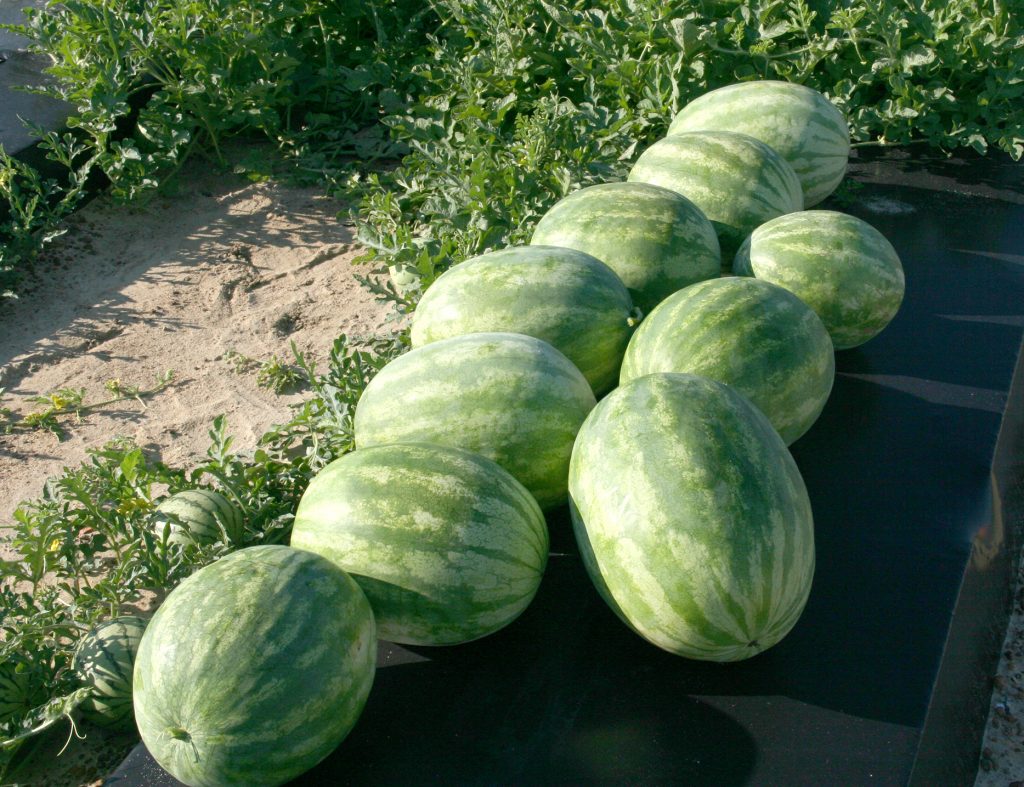By Clint Thompson
North Florida watermelon producers should carefully consider whether another round of fungicide applications is in their best interest, especially as harvest season nears an end for many.

Bob Hochmuth, University of Florida Institute of Food and Agricultural Sciences (UF/IFAS) Regional Specialized Extension agent in Live Oak, Florida, said fields that are mostly free of disease may not require additional fungicide sprays. But he encourages farmers to assess each field carefully.
“I think the reality is that if a farmer has got a relatively clean field going into the final week of harvest that it probably does not benefit them to invest any further in fungicides. However, if there’s something that they’re battling, especially something as serious as downy mildew or in some cases gummy stem blight, they need to be careful about when they turn off the fungicide applications,” Hochmuth said. “If they want to keep the field up for any subsequent harvest for local sales for instance, then they need to factor that in as well.”
Gummy stem blight remains the main disease threat to watermelons. Hochmuth said rains and harvesters in the region will continue to provide ideal conditions for the disease to spread. Downy mildew is sporadic in spots in the region. Powdery mildew is still present, though not widespread.
North Florida watermelon fields vary as far as how many more harvests will be required, he added.
“I really don’t think we’re on the downside. I think we’re on that mid-range when you take all of the fields into consideration. There’s such variability between fields that now have been gone over four times and others that have only been over now one time just in the last few days. The range there is basically three weeks,” Hochmuth said. “I think a lot of that goes back to the early season peril that we had with the wind and freeze and all of those factors that have pushed some of the fields later than they otherwise would have been.”











